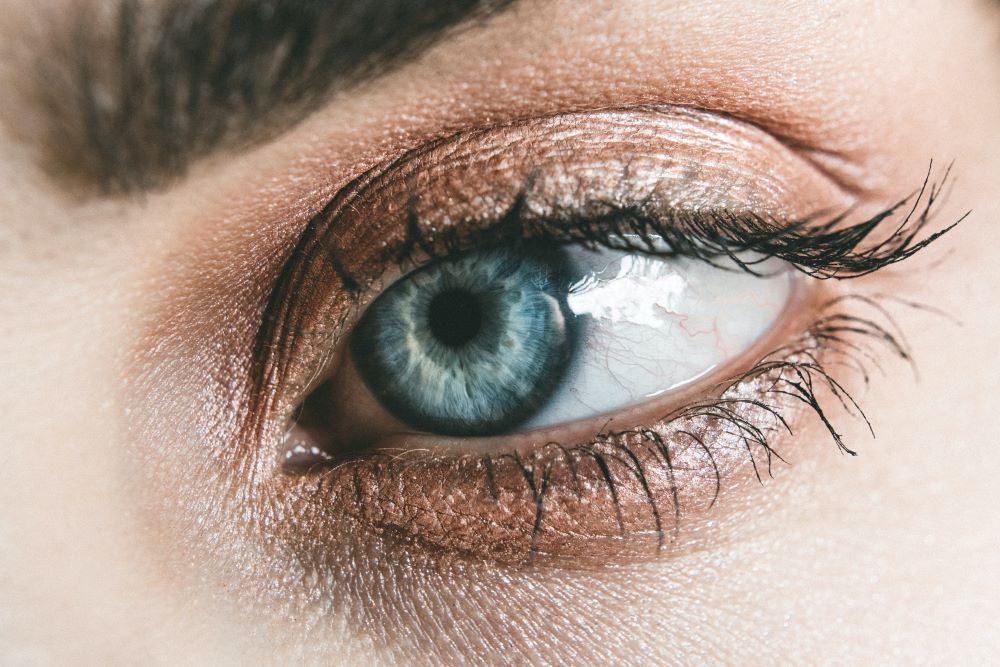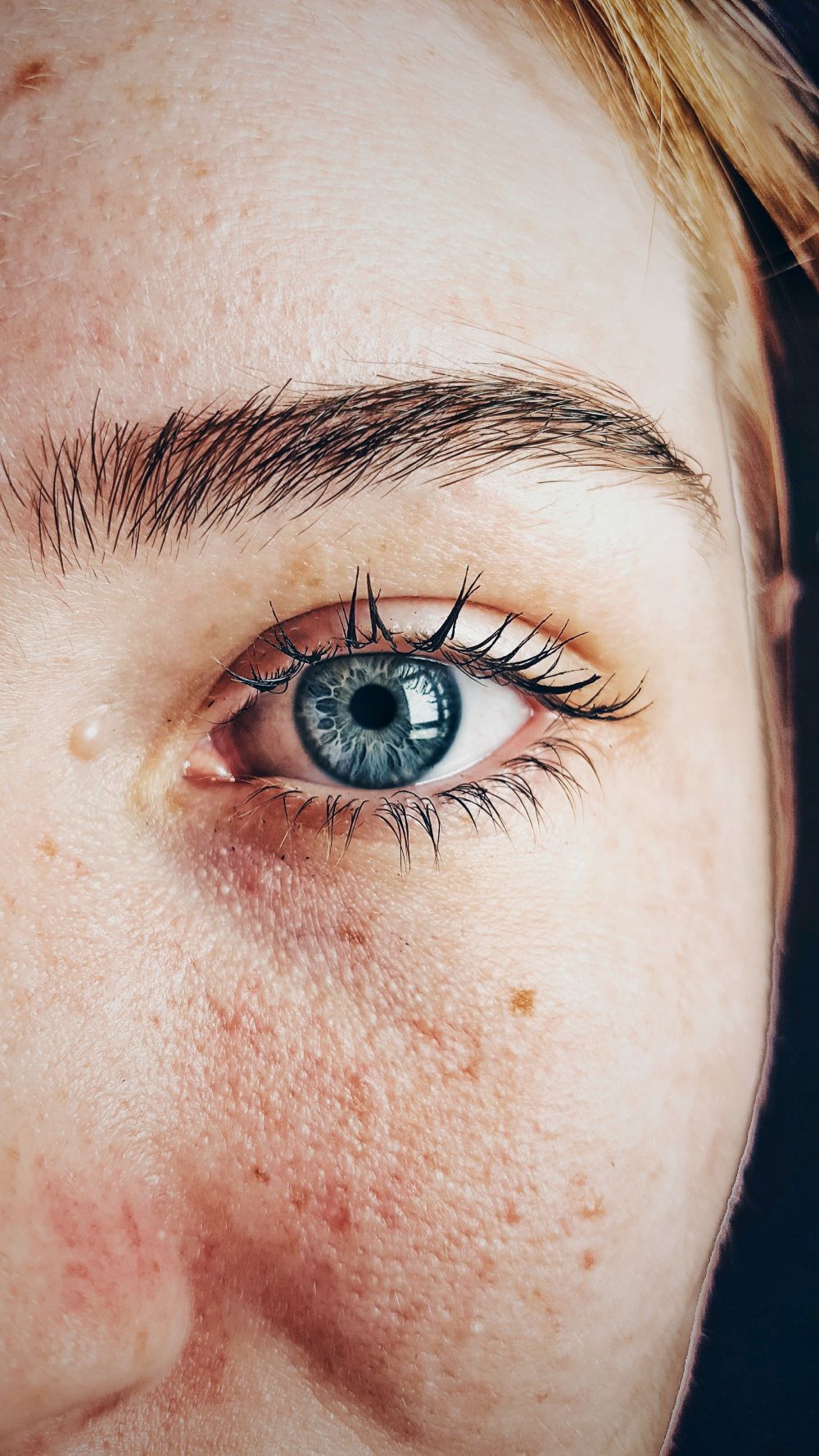Genetic blindness may be conquered with new form of treatment.
Gene therapy has arisen as a promising treatment option for various inherited and acquired genetic diseases, including some forms of blindness. As per World Health Organization, an estimated 295 million people worldwide live with visual impairment, with 43 million living with blindness. Gene therapy offers new hope for those affected by genetic blindness.
Jean Bennett, a University of Pennsylvania ophthalmologist, and gene therapy expert, developed Luxturna, the first U.S.-approved gene therapy drug for a rare genetic eye disease. Luxturna works by substituting a working copy of a deficient gene, thereby correcting the underlying genetic defect. Since its approval in 2017, Luxturna has paved the way for a new era of gene therapy treatments for genetic diseases like blindness.
Gene therapy introduces new or modified genes into a patient’s cells to treat or prevent disease. In some cases, this therapy can turn off or on specific genes to change how cells function. The process can treat inherited genetic disorders, such as retinitis pigmentosa. This progressive eye disease causes vision loss and acquired disorders like age-related macular degeneration. Gene therapy can also treat systemic genetic diseases, including cystic fibrosis and sickle cell anemia.
With the availability of this option, more doctors are identifying the genetic basis of eye diseases in their patients, leading to new treatment possibilities. Over 40 clinical trials targeting genetic forms of blindness are underway, with more than two dozen FDA-approved cell and gene therapies available worldwide.

One promising approach to restoring vision through gene therapy is optogenetic therapy. This technique involves inserting light-sensitive proteins into non-photosensitive cells in the retina to restore vision. Clinical trials have shown that this treatment could potentially restore vision in some individuals with retinal degeneration.
Despite its potential benefits, however, gene therapy faces several challenges. Systemic diseases requiring large doses of gene therapy reagents make manufacturing and ensuring safety difficult. Additionally, some diseases have large target genes that exceed the current capacity for delivering treatments into cells. Finally, the high cost of gene therapy drugs prevents access to treatment for many patients.
Further research and development are needed to address these issues and maximize the potential benefits. As technology advances, this therapy can potentially treat a wider range of diseases beyond blindness.
The procedure also raises important ethical considerations. It is essential to ensure that the development and deployment of gene therapies are carried out responsibly, transparently, and with accessibility. Collaboration between researchers, clinicians, and policymakers is critical to ensuring responsible development and implementation and the widespread adoption of gene therapy treatments.
Public awareness and education about gene therapy’s potential benefits and risks are also critically important. Furthermore, monitoring its long-term effects and patient outcomes is necessary to ensure its safety and efficacy.
Gene therapy has emerged as a promising treatment option for some forms of blindness. Clinical trials are underway to apply this technology to other diseases, with the potential benefits extending far beyond blindness. While there are challenges and limitations to gene therapy, ongoing research, and collaboration can help address these issues, maximizing the benefits of this revolutionary treatment option.
Sources:
Clinical Perspective: Treating RPE65-Associated Retinal Dystrophy


Join the conversation!